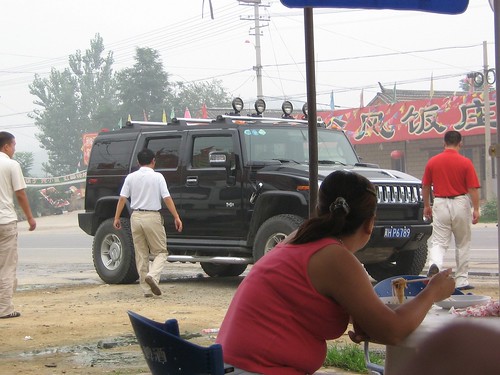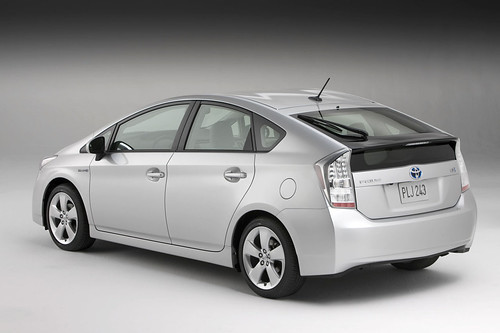Webinar Alert: Climate Change 101 – Transportation Research Board webinar on fundamentals of climate change aims to help the transportation community better plan policy and projects
(Source: Transportation Research Board)
 TRB will conduct a web briefing or “Webinar” on Tuesday, June 30, from 2:00 p.m. to 3:30 p.m. EDT that will explore the fundamentals of climate change with Dr. Steven Davis-Mendelow.
TRB will conduct a web briefing or “Webinar” on Tuesday, June 30, from 2:00 p.m. to 3:30 p.m. EDT that will explore the fundamentals of climate change with Dr. Steven Davis-Mendelow.
Dr. Steven Davis-Mendelow, a spokesperson for The Climate Project, will provide an engaging presentation about the fundamentals of climate change to help the transportation community better plan policy and projects. Mr. William Malley, partner at the law firm of Perkins Coie LLP, will provide comments after Dr. Davis-Mendelow’s presentation. This webinar is based off of a 2009 Transportation Research Board Annual Meeting session.
The Climate Project is an international non-profit founded by former Vice President Al Gore. The mission of The Climate Project is to increase public awareness of the climate crisis at a grassroots level. For more than a year, Dr. Davis-Mendelow has led discussions worldwide addressing the challenges of, and solutions to the climate crisis from individual, community and corporate perspectives. Professionally, Dr. Davis-Mendelow is an aerospace expert whose career focuses on long-term market and environmental trend analysis and strategy.
Mr. Malley represents public- and private-sector clients on a wide range of environmental issues, with a focus on environmental impact assessment for infrastructure projects. He also serves as an advisor to AASHTO on legislation and policies related to climate change and transportation. Dr. Julia Gamas, an Environmental Protection Specialist at the U.S. Environmental Protection Agency, will moderate the session.
For more information on the Climate Project, visit: http://www.theclimateproject.org/.
This webinar is co-sponsored by the Transportation Research Board and the American Association of State Highway and Transportation Officials.
Registration: There is no fee for TRB Sponsors, listed here: http://www.trb.org/directory/sponsors.asp. Others must pay $99 per site.
For questions about using this software, including webinar audio or visual complications, please contact Reggie Gillum at rgillum@nas.edu or 202-334-2382.









